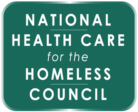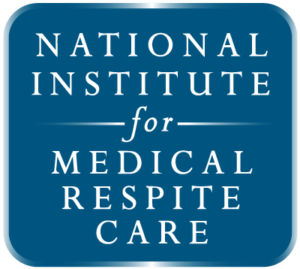Whole-Person Care for People Experiencing Homelessness and Opioid Use Disorder Toolkit, Part 1: Understanding Homelessness and Opioid Use Disorder, Supporting Recovery, and Best Practices in Whole-Person Care
SAMHSA’s Homeless and Housing Resource Center | Opioid use disorder (OUD) is a complex brain disease that may be present alongside or contribute to additional mental and physical health conditions, as well as social, legal, and other challenges. Impacted individuals may be unable to access or obtain housing, health and/or behavioral health care, and recovery […]

